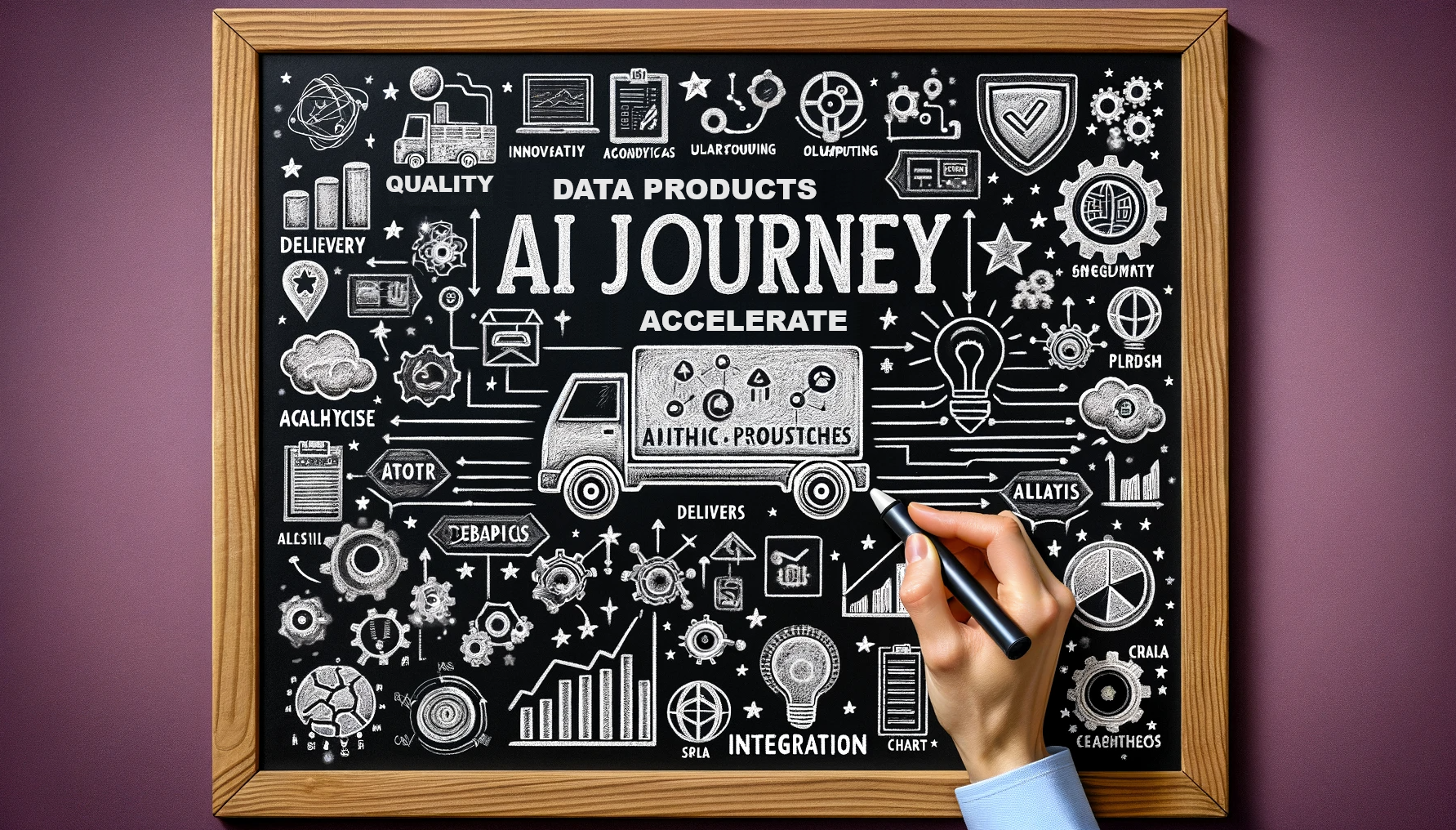Many organizations expend considerable effort toward becoming more data-driven, but the results have been mixed. Governing data across multiple distributed data sources is one of the key challenges faced by organizations. The speed with which data change, the need for confirming their veracity, and the sheer volume of data render data governance a continuous, organization-wide exercise. Ensuring the trustworthiness, accessibility, and coherence of data requires joint efforts between the business in question and IT practitioners, necessitating strong engagement with the top management of the organization. While regulatory and compliance issues are the key drivers for data governance initiatives, an increasing number of organizations are beginning to appreciate the criticality of data governance for data value realization.
The Data Management Body of Knowledge (DMBOK) defines data governance as
The exercise of authority and control (planning, monitoring, and enforcement) over the management of data assets.
Forrester defines data governance as
The process by which an organization formalizes the fiduciary duty for the management of data assets critical to its success.
The Data Governance Institute (DGI) provides the following definition:
Data Governance refers to the organizational bodies, rules, decision rights, and accountabilities of people and information systems as they perform information related processes. Data Governance is how we ‘decide how to decide’.
Data governance encompasses the various tasks and processes relevant to an organization’s information-related processes. It sets out the decision rights and accountabilities required for effective data and analytics management. Ultimately, data governance defines a framework for organization-wide ownership and authority. In this article, we discuss data governance frameworks.
What is a Data Governance Framework?
According to the DGI, a data governance framework is defined as
…a logical structure for classifying, organizing, and communicating complex activities involved in making decisions about and taking action on enterprise data.
A data governance framework provides the model/blueprint for enforcing data governance and managing organization-wide data. Several data governance frameworks have been proposed in the past. They vary with regard to their scope, focus areas, and addressed audience. For example, higher-level governance frameworks describe organization-wide decision rights and accountabilities addressing leadership, while the more granular, lower-level frameworks provide step-by-step guidance on policies and practices pertaining to technical professionals.
Why is a Data Governance Framework so Important?
A data governance framework is important, given its high relevance to data strategies and digital transformation as a whole. The growth of data and analytics, as well as the heightened requirements for service speed and agility, have rendered effective governance more important than ever. It is essential to
- Establish internal rules for data use
- Appoint people and organizational bodies to make and enforce those rules
- Minimize risk and meet data protection compliance
- Increase the value of data
- Reduce costs
What are the Challenges in Establishing Robust Data Governance?
Given the importance of data for doing business, it might seem quite obvious that data governance is essential to prevent “garbage in, garbage out” issues. However, many companies face challenges in establishing organization-wide data governance. The biggest barrier is the lack of a standardized approach to govern data across the organization. As multiple proposed attempts for data governance tend to be unlinked, they have failed to deliver the desired results. Another key challenge is insufficient funding. If an organizations’ leadership doesn’t recognize the value of data governance, it will perceive it as a textbook exercise. Moreover, organizations must possess adequate capabilities and the required maturity to effectively execute data governance across the enterprise. Other challenges arise from unclear accountabilities, inappropriate scoping of data governance initiatives (e.g., big-bang/all-at-once-rollout attempts), and insufficient technology support.
How to Strategize the Evolution of Your Data Governance Capabilities
As implementing data governance across the organization is a highly complex and ongoing task, the chance that the involved stakeholders will lose trust and interest over time are high. Therefore, you should start small and scale up fast. It is more prudent and manageable to begin with data governance user cases that are tightly related to your business goals, and then accelerate the endeavor by implementing the lessons learned thus far. It is crucial for you to understand your current capabilities and maturity. Going forward, this will allow you to choose the initiatives most appropriate to your enterprise. Next, you should define your organization’s desired target state; having a vision and knowing where the endeavor will lead are crucial. This entails developing your enterprise’s roadmap and defining the required initiatives.
Get in touch with a member of our team to find out how Assefy can help accelerate your data governance journey.
Choice of Data Governance Frameworks
Assessing and increasing the maturity of your data governance capabilities with a holistic approach entails the development/selection of a suitable data governance framework. A multitude of such blueprints has been proposed by different entities (e.g., institutions, consultancies, and software vendors). Therefore, selecting an existing model and adjusting it (if required) to your needs is highly recommended. The two often-referenced and comprehensive data governance frameworks are:
- DAMA-DMBOK or the Data Management Body of Knowledge functional framework
- The DGI data governance framework
To explain the aspects a framework should cover, DAMA-DMBOK envisions data management as a wheel. Here, data governance functions as the hub, with 10 data management knowledge areas radiating from it (see figure below).

When establishing a strategy, each of the above facets of data collection, management, archiving, and use should be considered. The 10 data management knowledge areas comprise the following:
- Data architecture: The overall structure of data and data-related resources as an integral part of the enterprise architecture
- Data modeling and design: Analysis, design, building, testing, and maintenance
- Data storage and operations: Structured physical data assets storage deployment and management
- Data security: Ensuring privacy, confidentiality, and appropriate access
- Data integration and interoperability: Acquisition, extraction, transformation, movement, delivery, replication, federation, virtualization, and operational support
- Documents and content: Storing, protecting, indexing, and enabling access to data found in unstructured sources and making this data available for integration and interoperability with structured data
- Reference and master data: Managing shared data to reduce redundancy and ensure better data quality through standardized definition and use of data values
- Data warehousing and business intelligence (BI): Managing analytical data processing and enabling access to decision support data for reporting and analysis
- Metadata: Collecting, categorizing, maintaining, integrating, controlling, managing, and delivering metadata
- Data quality: Defining, monitoring, maintaining data integrity, and improving data quality
The framework clarifies the definitions of the environmental elements that provide structure to each knowledge area. The underlying processes, roles, technologies, and deliverables that guide the planning and execution of each area are defined (see figure below).

These knowledge areas also explain how an organization’s culture must mature for data governance initiatives to function as intended.
The DGI framework includes 10 universal aspects that address the why, what, who, and how of data governance.

To simplify these concepts, DGI divides each of the above-stated aspects into core areas, namely rules, people, and processes.










